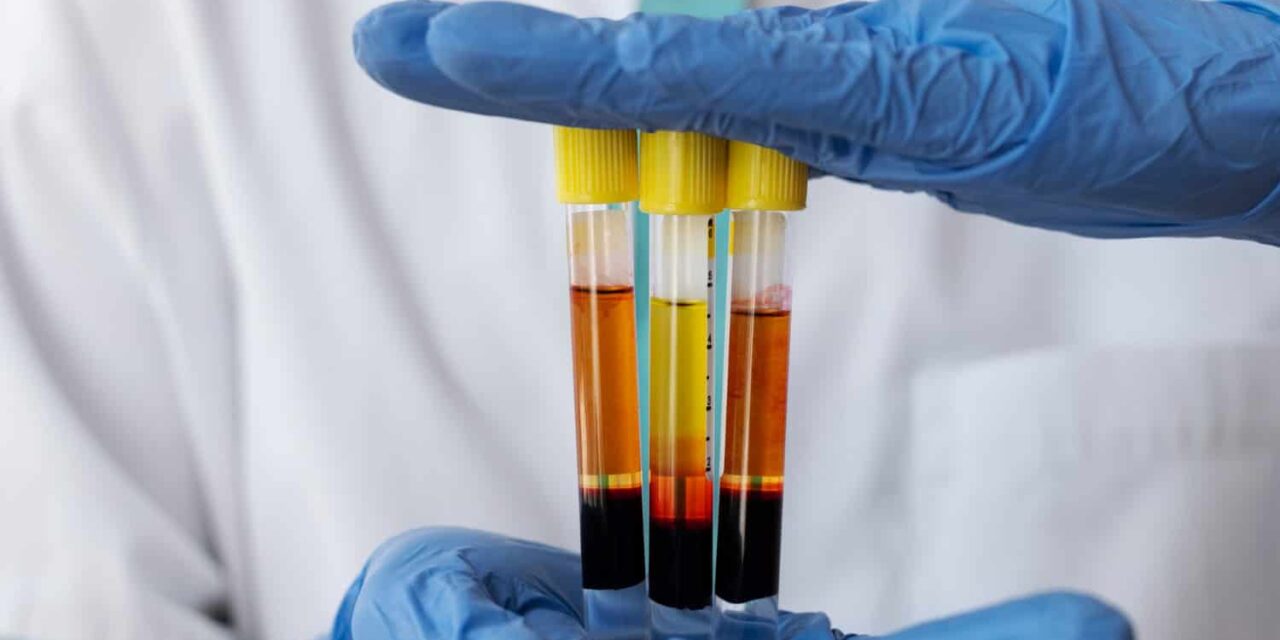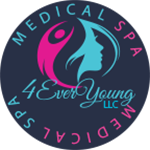Platelet Rich Plasma (PRP) in St. Louis, MO
Platelet Rich Plasma (PRP) is a revolutionary treatment that leverages the body’s natural healing processes to repair and regenerate tissue. PRP therapy involves extracting a small amount of blood from the patient, processing it to concentrate the platelets, and then injecting the enriched plasma back into the injured area. This treatment is widely used in St. Louis, MO, to address various medical conditions, including sports injuries, chronic pain, and even skin rejuvenation.
Benefits of
Platelet Rich Plasma Treatment
Healing and Recovery
One of the most significant benefits of PRP therapy is its ability to accelerate healing. Whether you’re dealing with a tendon injury, ligament tear, or muscle strain, PRP can help speed up recovery by stimulating the body’s natural repair mechanisms. The growth factors in PRP are crucial for tissue regeneration, making it an effective treatment for both acute and chronic injuries.
Growth Factors and Platelets
Platelets, a type of blood cell, play a vital role in the healing process. They contain growth factors that are essential for tissue repair and regeneration. When concentrated in PRP, these platelets are injected into the injury site, where they promote faster healing by enhancing blood supply and stimulating new tissue formation.
Non-Surgical and Safe
Platelet Rich Plasma is a non-surgical treatment option that uses your blood, significantly reducing the risk of allergic reactions or complications. This makes PRP a safe and minimally invasive alternative to surgery, particularly for those looking to avoid more invasive procedures.Platelet Rich Plasma
Conditions Treated by PRP in St. Louis, MO
Tendon and Ligament Injuries
Platelet Rich Plasma is particularly effective in treating chronic tendon pain, tendinosis, and tendinitis. It can help repair damaged tendons and ligaments by promoting collagen production, leading to stronger, more resilient tissue.
Orthopedic Conditions
PRP is also used to treat various orthopedic conditions, including arthritis, fractures, and muscle injuries. By stimulating tissue regeneration, PRP can alleviate pain and improve function in affected areas, making it a popular treatment among athletes and active individuals in St. Louis.
Skin Rejuvenation
Beyond treating injuries, PRP is also used in cosmetic procedures to improve skin texture and tone. It is particularly effective for reducing fine lines, scarring, and hair loss. By stimulating collagen and elastin production, PRP can rejuvenate the skin, giving it a youthful, radiant appearance.
PRP Treatment Process
Blood Draw: The first step in PRP therapy involves drawing a small amount of blood from the patient, similar to a routine lab test.
Centrifugation: The drawn blood is then placed in a centrifuge, a machine that spins at high speeds to separate the platelets from other blood components.
Injection: The concentrated platelets are injected back into the patient’s body at the site of injury or concern. Ultrasound guidance is often used to ensure precision during the injection.
What to Expect During and After Treatment
The entire PRP procedure typically takes about 45 minutes to an hour. Patients may experience some discomfort during the injection, but this is usually mild and short-lived. Post-treatment, you may notice some swelling or soreness at the injection site, but these symptoms typically subside within a few days. Recovery is generally quick, allowing most patients to resume their normal activities shortly after the procedure.
We also offer NAD+IV Therapy to enhance energy and cell function, Erectile Dysfunction treatments for improved confidence and performance, and Kybella injections in St. Louis, MO, to reduce stubborn chin fat effectively.
Platelet Rich Plasma vs Other Treatments
Steroid Injections vs. PRP
While steroid injections are commonly used to treat inflammation, they do not promote tissue regeneration. PRP, on the other hand, enhances the body’s natural healing processes, making it a more sustainable solution for long-term recovery.
Surgical vs. Non-Surgical Options
For many patients, PRP offers a viable alternative to surgery. It is less invasive, has fewer risks, and requires little to no downtime. This makes it an attractive option for those looking to avoid the complications associated with surgical procedures.
Post-Treatment Care
Recovery Guidelines
After PRP therapy, it’s important to follow specific care instructions to ensure optimal results. Patients should avoid strenuous activities for a few days and may be advised to use ice packs to reduce swelling. Your provider will give you detailed post-treatment care instructions tailored to your needs.
Expected Results and Timeline
Most patients begin to see improvements within three to four weeks after treatment. The results of PRP therapy are long-lasting, typically lasting 12 to 18 months after an initial series of three treatments. However, the exact timeline may vary depending on the condition being treated and the individual’s overall health.
PRP Pricing in St Louis, MO
PRP (Platelet-Rich Plasma) therapy in St. Louis, including Creve Coeur, MO, is an innovative treatment for enhancing healing and regeneration. Known for its natural approach, PRP involves drawing a small blood sample, processing it to concentrate platelets, and injecting it into targeted areas to stimulate tissue repair. Many patients in St. Louis seek PRP injections for joint pain, hair restoration, and skin rejuvenation. Clinics across St. Louis, including Creve Coeur, provide personalized PRP injections to support recovery from injuries or improve aesthetic concerns, offering a solution that harnesses the body’s own healing power for effective, lasting results
Microneedling with PRP – $380
Also known as a “vampire facial,” microneedling with PRP takes this popular procedure to the next level.
Booking an Appointment
Whether you’re a new patient or returning for follow-up care, booking an appointment is easy. We offer flexible scheduling to accommodate your needs.
Visit us at 11716 Studt Ave, St Louis, MO. Our clinic is centrally located, making it convenient for patients from all over the St. Louis area.

Frequently asked questions
What is PRP?
Are PRP Injections safe?
Who is PRP for?
PRP is not for everyone. Patients with severe anemia, low platelet count, abnormal platelet function, active systemic infection or those with an active cancer are not recommended to be administered PRP. We do not recommend it for the following individuals:
- Anyone with a cancer (such as prostate cancer or breast cancer) who has not been in remission for at least 5 years
- Certain other malignancies or blood-borne diseases that are currently being treated
- Any current infection
- Patients with multiple medical issues may not be good candidates
- Patients using an anticoagulant can receive PRP with counseling
Where can PRP be treated?
PRP is effective at rejuvenating:
- The skin around the eyes
- Face and cheeks
- Hands
- Décolletage
- Neck
- Scalp for hair loos
Who is NOT candidate for PRP?
PRP is not for everyone. Patients with severe anemia, low platelet count, abnormal platelet function, active systemic infection or those with an active cancer are not recommended to be administered PRP. We do not recommend it for the following individuals:
- Anyone with a cancer (such as prostate cancer or breast cancer) who has not been in remission for at least 5 years
- Certain other malignancies or blood-borne diseases that are currently being treated
- Any current infection
- Patients with multiple medical issues may not be good candidates
- Patients using an anticoagulant can receive PRP with counseling
